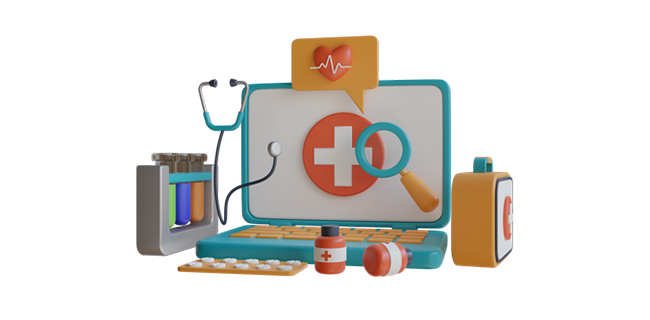Securing Healthcare Delivery through Internet of Things (IoT)
In recent years, the integration of Internet of Things (IoT) technology into healthcare has revolutionized patient monitoring, data collection, and overall healthcare delivery. IoT devices, from wearable fitness trackers to smart hospital equipment, have enhanced the ability of healthcare providers to deliver timely and personalized care. However, with these advancements come significant security concerns that must be addressed to protect sensitive patient data and ensure the integrity of healthcare systems.
The Importance of IoT in Healthcare
IoT devices are increasingly being used in healthcare settings to monitor patients’ vital signs, assist in chronic disease management, and streamline operations. These devices collect vast amounts of data in real-time, enabling healthcare professionals to make informed decisions quickly. Examples include:
- Wearable Devices: Smartwatches and fitness trackers that monitor heart rate, sleep patterns, and physical activity.
- Remote Patient Monitoring (RPM): Devices that enable continuous monitoring of patients with chronic illnesses or those recovering from surgery.
- Smart Hospital Systems: IoT-enabled medical equipment that can send alerts, track inventory, and improve asset management.
While the benefits of IoT in healthcare are substantial, security is a paramount concern. As more devices connect to the internet, the potential for cyber threats increases.
Security Challenges in Healthcare IoT
- Data Privacy: IoT devices collect sensitive health information, which makes them attractive targets for hackers. Breaches can lead to identity theft, financial loss, and privacy violations.
- Device Vulnerability: Many IoT devices have limited processing power and memory, making it difficult to implement robust security protocols. Devices can often be left unpatched, making them susceptible to cyberattacks.
- Network Security: As IoT devices communicate with each other and with healthcare networks, vulnerable network infrastructures can be exploited. Effective protections must be in place to secure these communications.
- Compliance Issues: Healthcare organizations must comply with regulations such as HIPAA in the U.S., which requires strict safeguards to protect patient information. Failure to comply can result in hefty fines and legal consequences.
Strategies for Enhancing IoT Security in Healthcare
To mitigate the risks associated with IoT devices in healthcare, organizations should consider implementing the following strategies:
- Device Authentication and Authorization: Ensure that all devices are securely authenticated before being allowed access to the network. Use strong passwords and multifactor authentication to prevent unauthorized access.
- Regular Software Updates: Establish protocols for regularly updating the software and firmware of IoT devices to ensure they are equipped with the latest security patches.
- Data Encryption: Implement encryption methods to protect data both at rest and in transit. This prevents sensitive information from being intercepted by unauthorized parties.
- Network Segmentation: Create separate networks for IoT devices to limit the potential impact of a security breach. Segmentation helps contain threats and protects critical systems.
- Monitoring and Incident Response Plans: Constantly monitor IoT networks for unusual activity and have a response plan in place for potential security incidents. Prompt detection and response can minimize damage.
- Training and Awareness: Provide ongoing training for healthcare staff regarding the potential risks of IoT devices and best practices for maintaining security.
Conclusion
The integration of IoT technology in healthcare has the potential to significantly improve patient care and streamline operations. However, as the use of these devices continues to grow, so does the need for robust security measures to protect patient data and healthcare systems. By proactively addressing security challenges through various strategies, healthcare organizations can harness the benefits of IoT while minimizing risks, ultimately enhancing the safety and quality of patient care. As technology evolves, staying ahead of potential threats will be crucial to securing the future of healthcare delivery.

